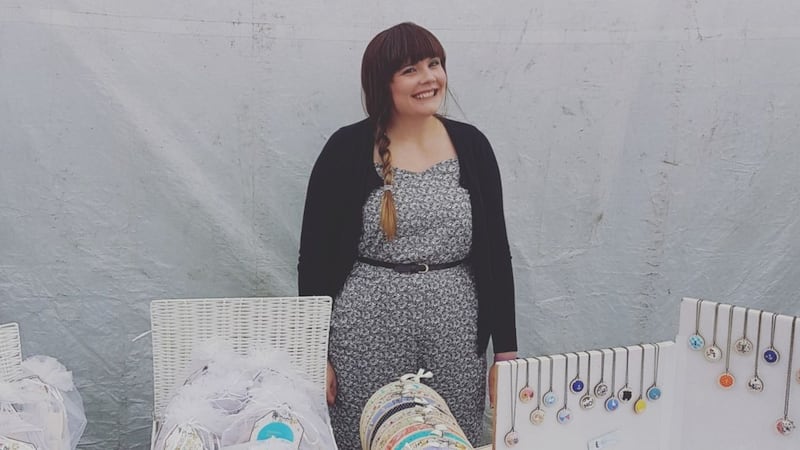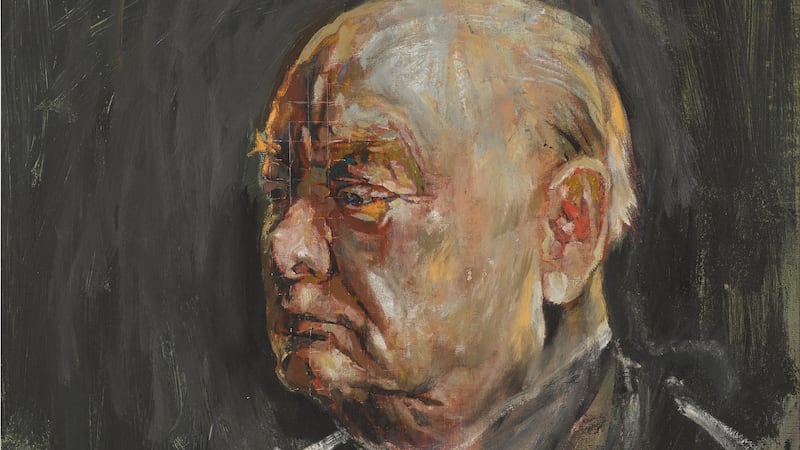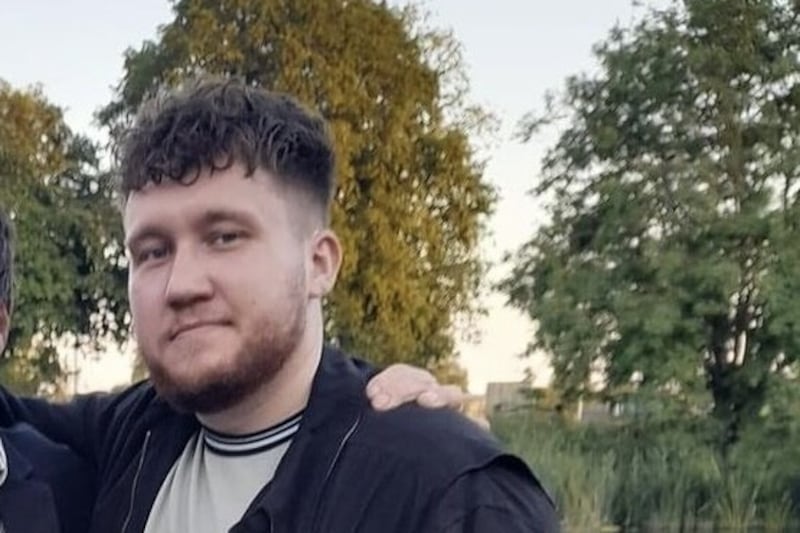For Amy Jakob, it all started when she was back in school. The fear, the anxiety, that feeling of dread.
“My name would be called out for the register – I used to dread it,” she recalls. “I would go bright red which of course made things worse because then people noticed and made fun of that.
“I also remember getting really anxious and panicky about anything I saw in the news or on TV, even if it was about fictional characters. I used to twist my hair a lot, so much so that I had a small bald patch.”
Amy, 27, worked as a full-time maths teacher for three years but after experiencing painful episodes of depression, she decided to stop teaching.
After being diagnosed with both anxiety and depression, Amy discovered her love for crafting – which helped her through her illness.
“When I was at my lowest I didn’t care about anything so forcing myself to do something I enjoyed really helped. It gave me something to focus on. I find crafting massively therapeutic.”
Amy, who lives with her husband Matthew and pet rat Marie in Nottingham, now works work part time as a tutor in alternative provision and spends the rest of her time on her online craft shop, which stocks embroidery kits with positive messages, handmade jewellery and the self-care kits she designs.
“I really enjoy picking up different colours and having something tangible at the end,” she says. “It took a while to get used to not having such a busy life but it meant I could relax and spend time doing things I enjoyed.”
Amy is one of many in the UK who has been grappling with a silent hidden illness.
Figures from NatCen show one adult in six have a common mental disorder (CMD) with young women emerging as a high-risk group.
At the start of this year, Prime Minister Theresa May announced plans to change attitudes to mental health, with a pledge for new initiatives for schools and employers to provide mental health support.
But mental illnesses are often hard to recognise – even by those who experience them.
Amy only became aware something was wrong when she joined university and left to study in Paris for a year.
“It sounds amazing and it was,” she recalls. “However, I felt very isolated. It was not actually a social experience – it was very lonely and even when I came home and was now surrounded by my friends and family all speaking my first language, I still felt alone and isolated.”
Amy made an appointment with a counsellor but had to be pulled out because “there was someone who needed help more than me”.
She then threw herself into teacher training – but her family and friends started getting worried about her. Then, a panic attack put things into perspective.
“One day I wasn’t working and had finished all my preparatory work, so I thought I’d do something nice,” she says. “But the lack of structure led me to experience a panic attack and I couldn’t leave the house.”
Amy spent a lot of time on NHS Choices trying to work out why she felt so tired and irritable. She was also suffering from bad digestion and skin problems.
“Everything I was looking up was telling me that it could be a sign of anxiety,” she says. “That led me to do a little research and it was almost as if a lightbulb went off – this was me.”
Amy already had a doctor’s appointment lined up to talk about her symptoms of fatigue and she decided to discuss her suspicions about having anxiety.
“It was terrifying and I cried for the whole appointment, but I needed the release and the prompt to getting more help,” she says. “That was when I first started having CBT (cognitive behavioural therapy).”
Like many who have suffered from depression and anxiety, Amy was worried that talking about her illness would change the way people viewed her.
“I remember when I was first diagnosed with generalised anxiety, I used to walk around work thinking that I had this massive secret that I should be telling people about, but that if I did, I would be treated completely differently,” she says.
“That really played on my mind a lot and made it very hard to concentrate and get on with my life. I was already very irritable and constantly tired. I took out my exhaustion on the ones closest to me, and stopped being able to enjoy anything at all.”
Often, Amy was haunted by dark thoughts.
“I remember just wanting to have some horrible illness or big accident so that I could at least feel something, and have a reason to be so… bleh,” she says.
Her turning point came when she discovered crafting. Amy’s grandma taught her to knit when she was younger and she taught herself how to crochet.
“My craft is what really helps me manage my mental health,” she says. “I have now changed my life and have taken on a part-time job instead of full time, and make up the hours by working at home on my craft shop.”
Amy decided she wanted to put her skills to good use and help raise money for those who have been in a similar situation. She opened her online craft store hope the black dog and helped set up Crafternoon – a crafting community that raises money for mental health charity Mind.
“When I opened up my shop it was mainly because I wanted to talk about mental health in a positive way,” she says.
“Often when you hear about mental health it is all doom and gloom but I want to promote that if people are open about their mental health it can open up other opportunities.”
Amy kickstarted her New Year with the #janselfcarechallenge on Instagram – where she is challenging her followers to take part in one small self-care activity each day.
“I craft pretty much every day now,” she says. “When I was very ill and off work, I needed something to do, and I loved being able to create and design.
“I loved the fact that at the end of the day, I had something to show for myself. And the mindfulness of counting, or repetition is very soothing in itself.”
For more information on Crafternoon, visit Mind.








